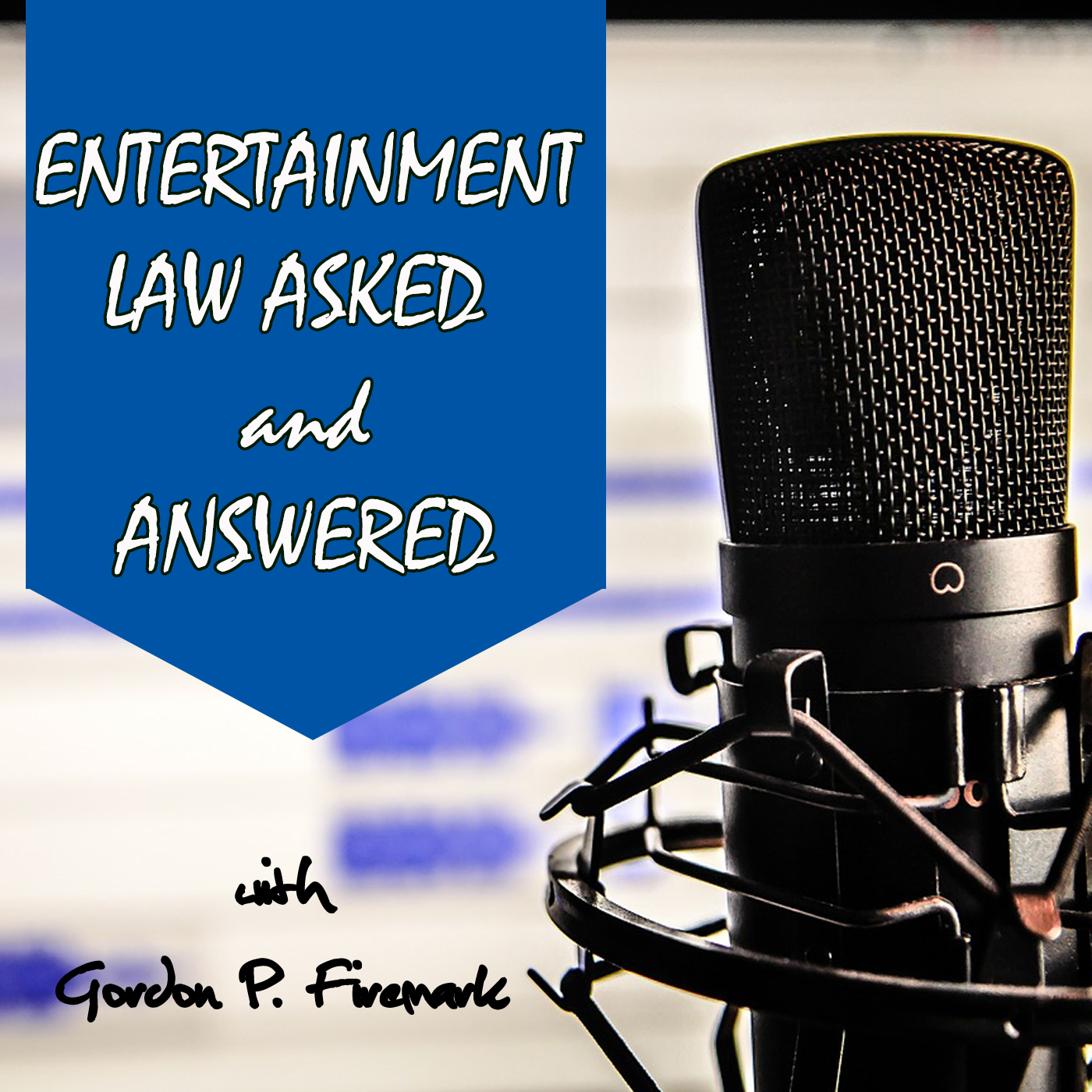Fair Use: Presidential Debate Footage Entertainment Law Asked & Answered

b'
\\nAUDIO:
\\nTRANSCRIPT:
\\nhttp://firemark.com
\\nPaul has a question about using clips from a presidential debate from years ago on his radio show.
\\nHi, I\'m attorney Gordon Firemark, and this is Asked and Answered, where I answer your entertainment law questions, to help you take your career and business to the next level.
\\n
\\nSo, here\'s Paul\'s question:
\\n“I do a live radio call in talk show on investments. Recently I wanted to play an audio clip from the 1984 presidential debate… widely available…
\\nAbout 20 seconds out of the two hour show. Is that permissible to play it from You Tube or other source?”
\\nWell, Paul,\\xa0 the basic rule is that the clip you\'re using belongs to someone, and you\'re supposed to get permission.
\\nIn all likelihood, that someone is the TV network where the clip was originally carried.
\\nNow as is the case with presidential debates, it\'s likely that all three networks carried the debate, so you could take your pick.
\\nMy guess is that they\'ll grant you permission to use the tiny snippet, and that\'s that\\u2026
\\nBut, you might not even need to get that permission…
\\nThat\'s because what you\'re proposing to do could be considered “fair use”, and thus not a copyright infringement at all.
\\nBut fair use is a tricky thing because it has to be judged on a case-by-case basis.
\\nThere\'s not really any bright-line rule to state what is and is not fair use.
\\nSo, we have to rely on complex a four-factor “test” that needs to be analyzed for each alleged infringement.
\\nSo here\'s how Fair Use works…
\\nFair use is a doctrine that evolved under the old US copyright law and then was codified or made a formal part of the copyright statute when it was updated in 1976. The principle is simple.
\\nTo deal with the inherent conflict between free speech principles of the First Amendment and restrictions on copying imposed by the copyright law, it was necessary to create a defense to infringement for certain kinds of uses under certain circumstances.
\\nTo do this the courts and Congress set up a multi-factor test. It looks at four factors.
\\nThe first of these is the purpose and character of the alleged infringing use. Educational, scholarly, critical criticism, commentary and other artistic or transformative uses will weigh in favor of fair use, while commercial or more verbatim copying will tip the balance in the other direction.
\\nThe second factor is the amount and substantiality of the portion taken from the original. This is where the idea that taking only a small snippet is okay, but in reality it\'s actually possible to take the very heart of a piece without copying very much of it at all.
\\nThe third factor is the nature of the original work. If it\'s an artistic work it\'s going to be treated very differently than if the original was something very commercial like a billboard ad or a TV commercial jingle.
\\nThe fourth element or factor is the potential impact on the market for the original if the infringement were allowed to continue.
\\nNow obviously if there\'s no real market harm this factor is going to favor fair use. If the market is strong for this kind of thing and the copying looks like it\'s just a way to avoid paying for rights or whatever, things are going to come out differently in this factor.
\\nNow, none of these factors is dis-positive of the question. The court will look at the overall balance of the factors in making its determination on whether something is fair use.
\\nI want to emphasize that this is not a one size fits all thing. Each alleged infringement has to be viewed standing alone by the court in a copyright infringement case. It\'s not something you just decide, “This use is fair use and so I\'m going to go ahead.”
\\nThe trouble with that is… By the time most folks get...'